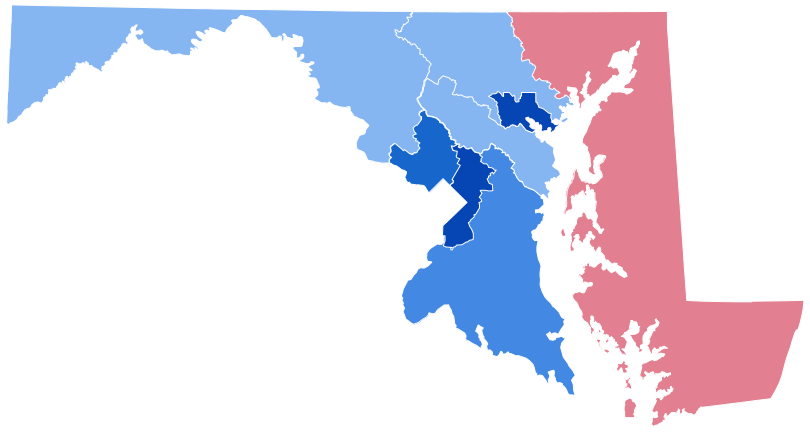Proposals for the Economy: Serious and Not

Polls report that the national economy is a top issue for voters in this presidential election.
Why? With inflation rates higher in the recent past, and greedy corporate price gouging that started during the covid pandemic, households have faced rising prices for everyday goods. And although the inflation rate has dropped and a number of prices have eased, others have not fallen and are not expected to.
Traditional measures of economic growth — a lower rate of unemployment, gains in the stock market (to record levels), wage and salary increases — are often not felt at the household level, and so are not part of the average person’s perception of economic prosperity.
Many people are also laboring under the notion that Republicans and Republican administrations are somehow “better” for the economy — even in the face of contradictory evidence — and do not acknowledge the robust economic gains under the Biden/Harris administration.
To attract voters, both presidential candidates have presented their economic platforms and detailed their economic plans. Their visions could not be more different.
Kamala Harris, the Democratic nominee for president, outlined an economic plan last month in Pittsburgh and published an economic blueprint on her website. She plans to lower prices and create economic opportunities. Building up the middle class, helping small businesses, supporting workers and innovation, and promoting home ownership are major elements of her platform.
Her proposals:
- Cut taxes for working people
- Lower food and grocery prices
- Lower health care and prescription drug prices
- Lower energy prices
- Protect consumers from fees and fraud
- Help Americans buy a home and pay rent
- Invest in the small businesses that drive growth, innovation, and jobs
- Invest in American innovation and industrial strength that employ American workers
- Create security and opportunity for American workers and build a care economy
- Strengthen opportunity in communities across America
- Protect Americans’ ability to retire with dignity
- Make the tax code more equitable and promote growth
Independent economic analyses by business leaders and economists show that the plans outlined by Harris will be more beneficial for the country than a second Trump presidency.
In contrast, GOP candidate Donald Trump’s plan is not serious and has inspired such headlines as, “Trump’s big ideas would stunt U.S. growth and spur inflation,” in the Washington Post.
Trump’s economic plan has three major elements:
- Impose tariffs of 10-20% on all goods imported into the U.S. (and 60% on goods from China)
- Deport 10 million immigrants
- Extend the 2017 tax cuts for billionaires and corporations; abolish taxes on Social Security, tips, and overtime pay
Trump claims that the tariffs, which he says will be paid by the foreign countries exporting the goods (not true), will create revenue for the U.S. government — enough to pay for additional tax cuts as well as any other programs (like deporting immigrants) he wishes to fund. He also claims that the tariffs will solve the U.S. childcare problem. In reality, these tariffs would be a national sales tax on American households, as they are ultimately paid by consumers, not exporters.
Trump also claims that deporting 10 million immigrants will solve the affordable housing crisis in this country because there will be less demand once they’re gone, and housing prices will decrease. Economists, however, have deemed this plan “inconsequential from the housing problem we have on a national level.”
The Trump immigrant deportation plan does not account for the jobs left unfilled, the small businesses not built, or the tech innovation that would not occur in this country. If immigrants are not welcome here, they will go to Canada or Australia or Europe to go to school and resettle, and the U.S. will be left behind.
And Trump continues to claim that additional tax reductions for wealthy Americans and corporations will encourage investment and spur economic growth because of the trickle-down effect created when the 1% have even more money to invest. In fact, the bogus claims of the benefits of trickle-down economics have been debunked repeatedly for decades. The biggest effect of tax cuts for the rich is that the rich get to keep more of their riches, which exacerbates income inequality.
A new study by the nonpartisan Committee for a Responsible Federal Budget (CRFB) calculated that the Trump economic proposals would increase the national debt by $7.5 trillion. (The Harris proposals could increase the national debt anywhere from $0 to $3.5 trillion, depending on the income model implemented.)
But just as important, the all-too-predictable chaos of a second Trump administration would be economically destabilizing. Markets would react to crazy tweets and “truths,” the business climate would be more volatile and subject to uncertainty in domestic policy and foreign relations, and economic instability would affect how Americans feel about the economy, leading to unpredictable spending behavior.
The choice is ours.
Bonus: Watch Jen Rubin’s Green Room analysis: Why Kamala’s Economic Message Beats Trump (6 mins)
Jan Plotczyk spent 25 years as a survey and education statistician with the federal government, at the Census Bureau and the National Center for Education Statistics. She retired to Rock Hall.
Common Sense for the Eastern Shore







